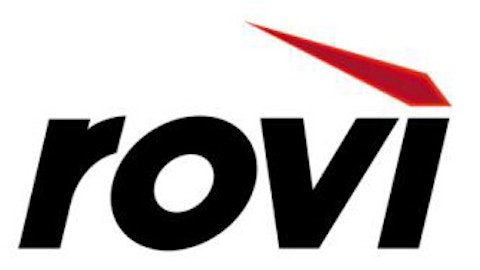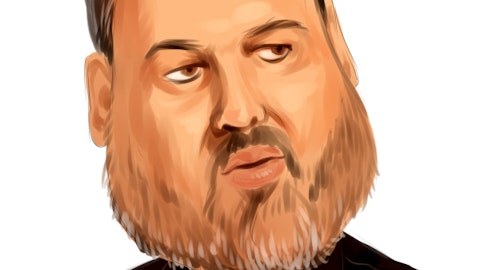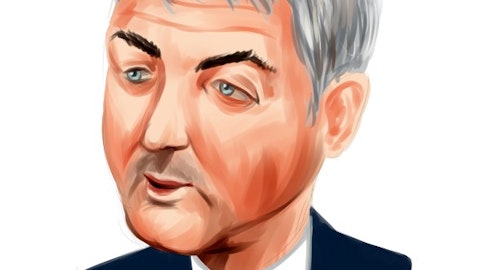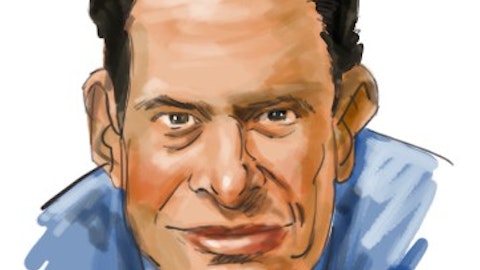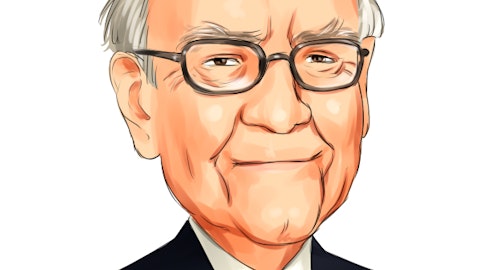Chevron Corporation (NYSE:CVX) rose slightly after hours on January 10th after the company announced that its earnings for the fourth quarter of 2012 would rise on a q/q basis. Chevron also reported some operating results for the months of October and November; worldwide, production in terms of barrels of oil equivalent were up 6%. Chevron earned $2.69 per share during the third quarter of 2012; analyst consensus had been for $3 per share in earnings for Q4. If we annualize the poor third quarter, then Chevron’s P/E is only 10; if the company does turn out to earn $12.54 per share in 2012 (which follows from using the $3 per share figure for the fourth quarter), then the earnings multiple is 9- even with where Chevron trades relative to earnings consensus for 2013.
A P/E of 9 is fairly low for a $220 billion market cap company, even one with exposure to oil and gas prices. In addition, this low multiple comes based on earnings in an environment where natural gas prices are low. We wouldn’t depend on natural gas increasing in price, but it does provide a natural possible upside. Chevron Corporation also pays a dividend yield of more than 3% and has been putting a small amount of cash into repurchasing shares; in its most recent 10-Q the number of shares outstanding was down 2% from a year ago. In fact, when we look at cash flow related metrics Chevron is even more appealing: the EV/EBITDA multiple is only 4.2x. We think that energy prices would have to fall considerably in order for the company to end up overvalued at the current valuation, and so we’d suggest that investors take a closer look at the company.
Billionaire Stanley Druckenmiller initiated a position in Chevron Corporation during the third quarter of 2012, and it was one of his five largest holdings by market value (check out Druckenmiller’s stock picks). Fisher Asset Management, which is managed by billionaire Ken Fisher, and Cliff Asness’s AQR Capital Management also increased their holdings. At the end of September Fisher owned 3.6 million shares (research more stocks Fisher was buying) and it was one of Asness’s largest holdings as well (find more of AQR’s favorite stocks).
Some other oil majors also look cheap:
Chevron’s peers include Exxon Mobil Corporation (NYSE:XOM), BP plc (NYSE:BP), Occidental Petroleum Corporation (NYSE:OXY), and ConocoPhillips (NYSE:COP). These stocks generally trade between 9 and 11 times their expected 2013 earnings, so Chevron is towards the lower end of the range- though they do all look somewhat cheap. Partly due to energy prices, BP is the only one of these four to report higher profits in the third quarter of 2012 than a year earlier. BP also has a high dividend yield and we can explain part of its low pricing with poor investor sentiment; it too could be a good value. Exxon Mobil is towards the higher end of the P/E range, which makes some sense given its market leadership. That company’s decline in sales and net income was moderate, at 8% apiece, and it might also be worth considering.
Occidental and ConocoPhillips had their earnings fall by 20% or more, and their stock prices are down somewhat in the last year as well. ConocoPhillips in particular does offer a nice dividend yield, but we think that for the time being we’d opt for the three oil companies we’ve previously discussed. Exxon Mobil, BP, and Occidental also made our list of the most popular energy stocks among hedge funds, going by our database of 13F filings (see the rest of the ten most popular energy stocks).
If Chevron is truly going to report decent q/q earnings growth, and set itself up for a single-digit multiple of its 2012 earnings, we think that investors who can tolerate some exposure to oil and gas prices should consider it. BP and Exxon Mobil also seem like they might be good businesses trading at low valuations.
Disclosure: I do not own any stocks mentioned in this article.

